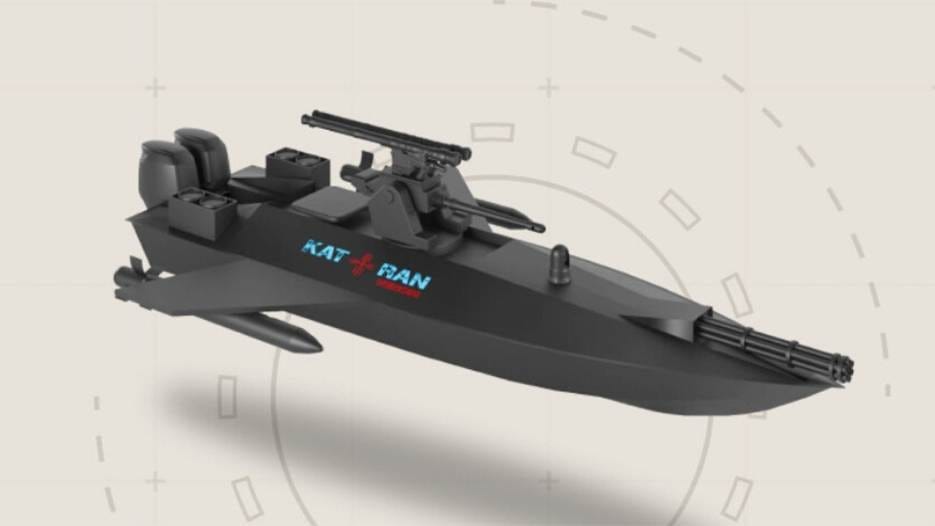Ukraine’s Torpedo-Armed “Shark” Is the Black Sea’s New Apex Predator
Ukrainian innovation and Sweden's Saab torpedoes? Russia's got a shark problem.
In a war increasingly shaped by autonomous systems, Ukraine just pulled the pin on another game-changer: the Katran.
Developed by Military Armored Company HUB under the Brave1 defense tech initiative, this sleek new naval drone isn’t just a response to Russian aggression—it’s a signal that Ukraine is building its own future of warfare.




